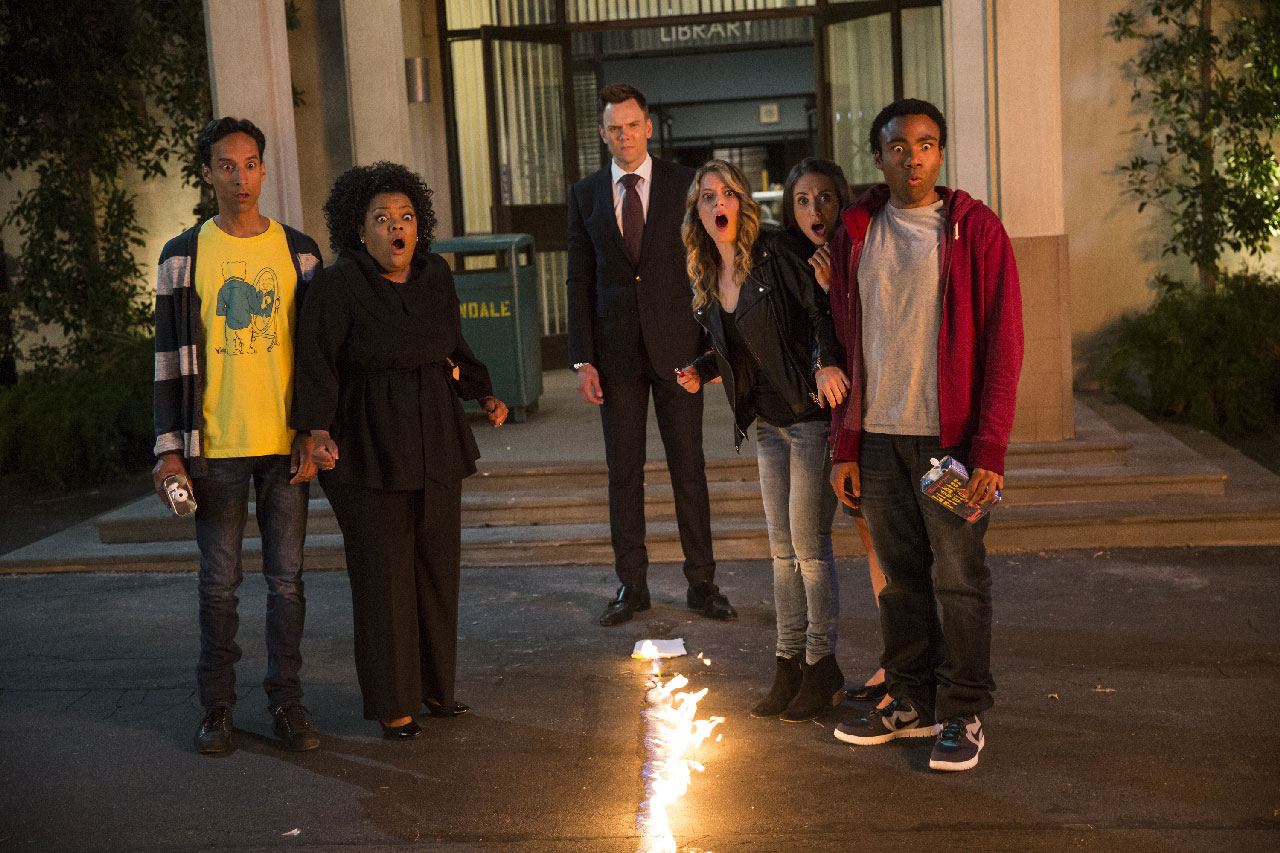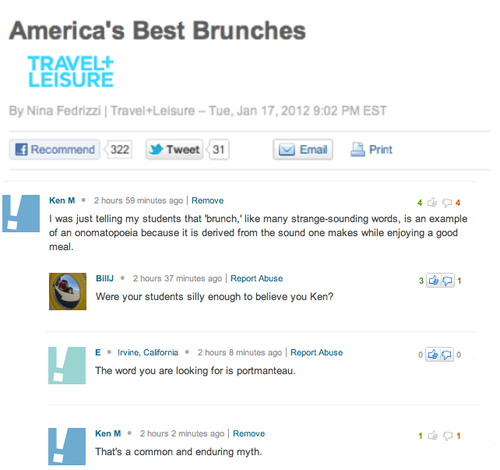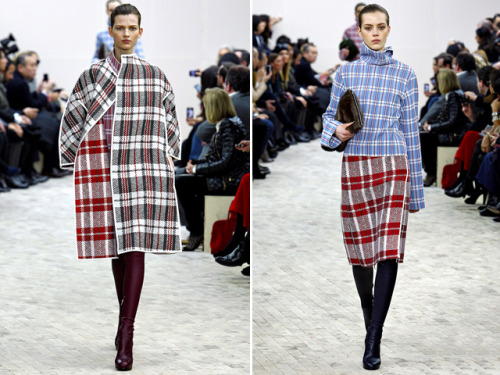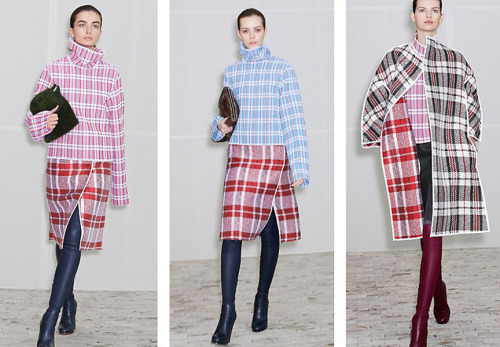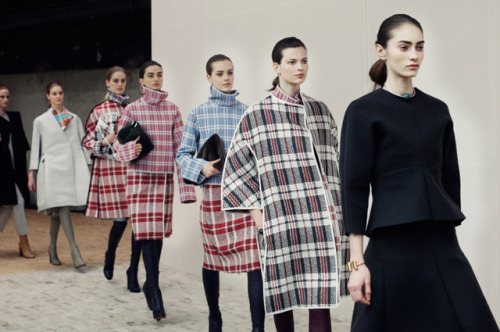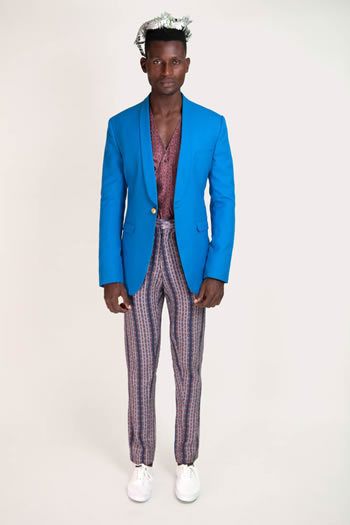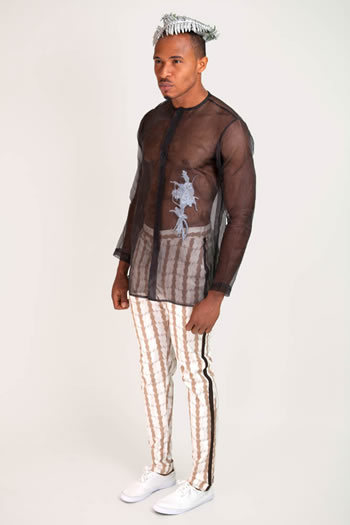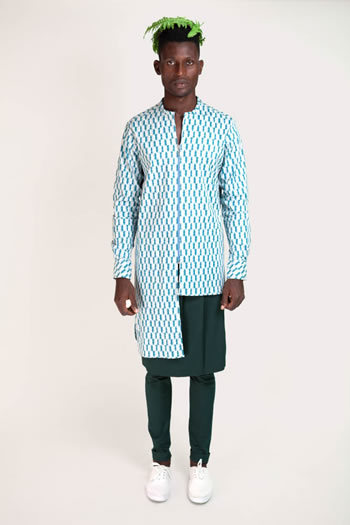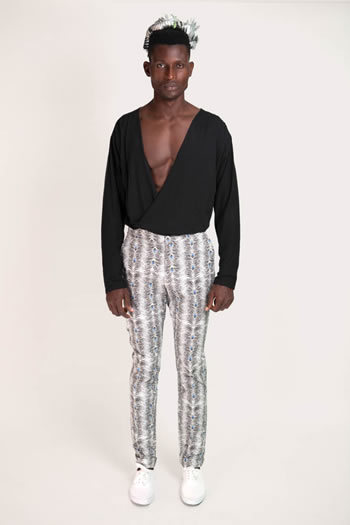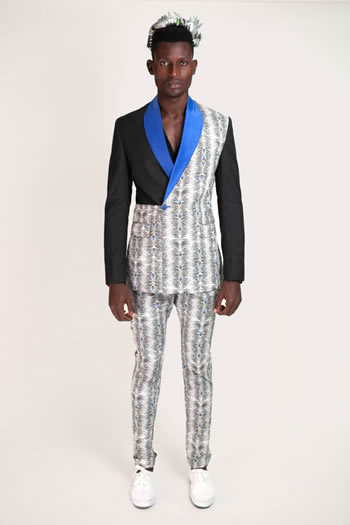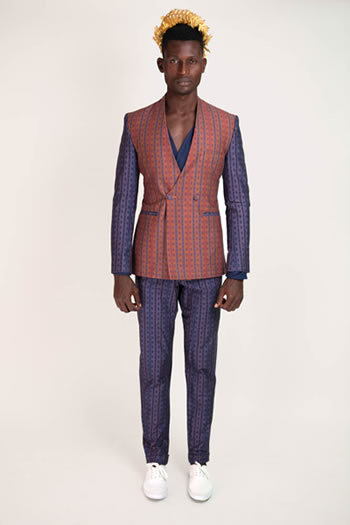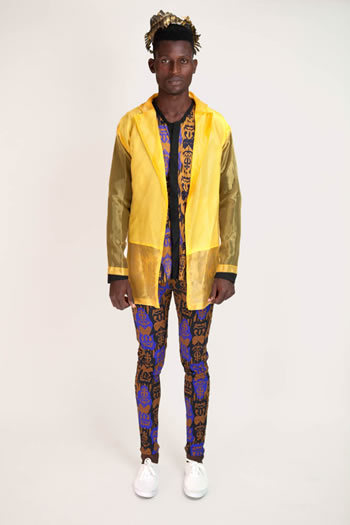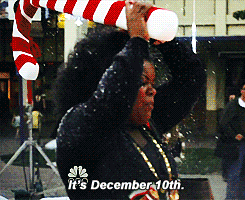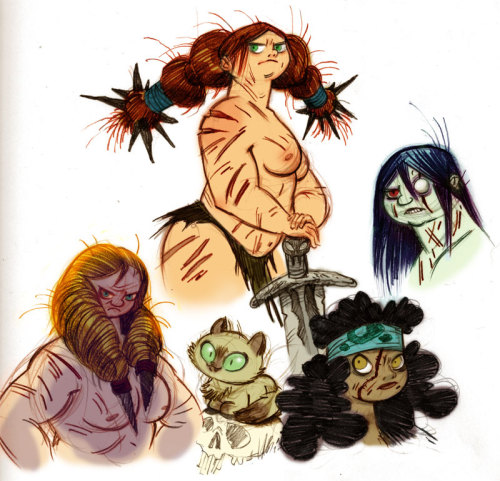It is, to a surprisingly large extent, a story that’s been going on since the Second World War. Sweden–it is said–is different from the rest of Europe. After all, “The world’s conscience” (as newspapers in the West sometimes describe Sweden in shorthand) had never been properly colonialist.
As the historian Gunlög Fur explains: “Colonialism was defined as control over other territories, and Sweden, it could claim, was a marginal player at most. It was made believable internationally that Sweden was not part of any mechanisms of oppression, and it could avoid being seen as a colonial power. Instead, Sweden saw itself as the moral equivalent of a great power, building up its sympathy with the marginalized and oppressed.”
Gunlög Fur is professor of history at the Linnaeus university in Växjö. Earlier this year, she had a historiographical survey published of how academics have treated Sweden’s relationship to its colonial past. To her, that post-war period was notable for the way Sweden’s colonialism was placed “beyond or outside of the nation,” explained away as not part of the nation’s identity.
The last dissertation on Sweden’s slave trade was written in the 1950s, for example – since then the subject has been considered unimportant, a failed historical period at best. Instead, an image of a benevolent, preternaturally anti-racist “good old Sweden,” spreading its perfect democracy around the world, has lingered and continually defined what it means to be constructed as Swedish, with the possible exception of a select few researchers from the eighties onwards.
But suddenly, in the last few years, that identity may have started to crackle in the public debate. The signs are suddenly everywhere: from the cake that shone a light on its ignorance of offensive imagery, via the revelation that middle-aged white culture editors are so painfully attached to their racist Tintin comics they will turn any analysis of them into a censorship debate, to the exposure of the very direct, structurally and personally impactful racism present in officially-condoned racial profiling and ethnicity-based police registration. In all of these discussions, Sweden’s colonial history has suddenly started to be discussed everywhere.
And, as if by startling coincidence, 2013 seems to be a year in which academic research has really started to examine Sweden’s colonial past again. Gunlög Fur’s overview was published in a major collection on Scandinavian colonialism that came out in February. In May, Uppsala University historian Fredrik Thomasson published a summary of his ongoing project about the justice system on the Swedish slave-trade colony of St. Barthelémy in a history teacher’s review, which generated enough interest to become a news item in major swedish media. And in September, historian David Nilsson* at the KTH Royal Institute of Technology published a long-form report on Sweden’s participation in the infamous Africa-dividing Berlin conference, which was followed up by a seminar on Sweden’s participation in the scramble for Africa. The timing is fortuitous: for a debate that is sometimes laughably mired in subjective judgements of the I’m-not-a-racist kind, this kind of evidence-laden chronicling is reinvigorating.
And it’s certainly notable how all of the researchers are covering ground that has essentially been abandoned for half a century – or never been touched at all. Gunlög Fur not only looks at the period after the war, but also compares and contrast sources from the preceding period – and uncovers an attitude that, in European terms, is rather more conventional: a nationalist pride, a feeling that the expansion of the nation’s territories was “natural”. Pride, in the very least, when it comes to some of the projects, like the North American colony of New Sweden.
For Fredrik Thomasson, his research taps into an archive that no historian had yet to source: The section about the courts on St. Barthelémy in the French Archives Nationales d’Outre Mer in Aix-en-Provence. (France both preceded and succeeded Sweden as the island’s colonial overlord.) Spanning over a time of several years, he and his assistants have managed to recover what amounts to intriguing insight from sometimes badly-damaged material, including a whole deal about the social life of the island, not least that of the slave population, and that of the highly segregated and legally discriminated “free blacks”.
“I’ve been able to access a great deal of both civil cases involving slaves and criminal cases,” says Thomasson. “I don’t see any real difference between the way slaves were treated in the Swedish colony compared to other colonies. The legal system was not the one used in Sweden, but rather similar to a common law system: it was ‘make it up as you go along’, reactive to the life on the island.”
Slaves were subjected to all the horrors associated with the practice: complete control over their lives, harsh physical punishment meted out by owners, and little legal protection. The few owners who over-flogged their slaves were merely forced to pass them on onto another master.
David Nilsson, too, has looked into correspondence and reports that have almost never been examined before, to try to get at the political motivation behind Sweden’s participation in the Berlin conference. While international sources mention Sweden’s presence in the proceedings, it turns up nowhere in Swedish history writing, and certainly is not mentioned when the Berlin Conference is brought up in schools and undergraduate courses.
Turns out Sweden was a keen participant in the conference, albeit as a marginal player on the outskirts of the negotiations between the great powers. “Sweden’s motivation for being part of the conference were fourfold,” says David Nilsson. “First, it was afraid of being left out, it wanted to show itself as having a stake in the future. Secondly, it wanted to ensure its trade fleet, the second largest in the world, would have access to especially the Congo free state. Third, it subscribed to the idea of spreading civilization, which is explicitly mentioned in the media at the time. And fourth, it was part of King Oscar’s desire for a closer relationship with Germany, with Sweden’s participation adding legitimacy to the proceedings as well as lending Bismarck a hand in his newfound colonial ambitions.”
None of these motivations, says David Nilsson, make Sweden unique. “It is true that Swedish interests in Africa were only marginal at the time, and Sweden remained a minor player. But qualitatively I see no distinct line between Sweden and other countries,” he says. “Sweden went to Berlin as a peer among nations, accepted and condoned the proceedings. It was a political justification of a social process that had already begun as Swedish officers and missionaries were already taking part in the colonization of Africa.”
This categorisation, of Sweden being very similar to other nations at the time, is a repeated theme that comes up in all of the conversations with the historians. Sweden is not an “exceptional” country, historically speaking; rather, it is part of the same system as all other countries.
“I think to an extent, focusing on Sweden alone is wrong,” says Fredrik Thomasson, “It supports an outdated model based on the Swedish nation state.” Instead, like many other historians in recent years, he supports models that look at history from a global, transnational perspective. Here, Sweden is no more or less important than any other nation state, but participates in global processes like colonization and the global slave trade as part of a bigger system. One intriguing manifestation of this, for example, is how Sweden’s iron industry was a pivotal participant in the material system of the slave trade, providing both shackles and the majority of the specifically forged voyage iron bars that were used to trade for slaves in Calabar and Bonny (in what is now Nigeria). Examining such connections are practically impossible when looking at just one country.
In an insular academic world, such theory shifts may explain in part the fact that historians have, relatively simultaneously, started to take on Sweden’s colonial history. And there’s also a frustration with the way the public debate sometimes seems painfully short on facts: “We tend to simplify our image of ourselves,” says David Nilsson. “We need to understand that our history is complex. If we had that understanding, we’d have a whole different self-image.” Fredrik Thomasson, likewise, calls the lack of knowledge an “amnesia” and criticizes the lack of basic research. There’s a palpable sense of the good old Swedish self-image being a significant motivator.
But of course, there’s also a factor of a changing economic, ideological and structural landscape that creates opportunities for this kind of research to take place. The economic crisis of the 90s or the changing cultural makeup of Swedish society are common touching points. David Nilsson, who has a background in the development aid community, points to the adoption in 2003 of a new government policy on global co-operation. This policy could be seen as a manifestation of the gradual shift: from Sweden’s international image of being driven by altruistic motives, to just one among the many nations focusing on trade and global public goods such as security and climate change. This, he speculates, has opened up a space for Sweden to tackle its own history relative to Africa and the colonial past as well. Gunlög Für points to the international community’s pressure to recognize Sweden’s treatment of its indigenous Sami population as colonial as an important factor.
Fredrik Thomasson is rather more skeptical of the stated motives: He believes Sweden is merely following a changing sense in what’s considered “good” and radical. “I think a lot of the Zeitgeist is a desire to be part of the post-colonial wound,” he says. “Unless you have colonial guilt, you’re not allowed to play with the big boys.”
And perhaps, structurally, that puncturing of the self-image is not so complete after all. Rather than radically re-engineering its relationships internationally, perhaps it is a mere cosmetic paint to appear good again, good by today’s standards. And it’s worth to contemplate whether perhaps Gunlög Fur is right, and admitting guilt in this public manner may actually strengthen Sweden’s already powerful position: “In this time of uncertainty about the nation and the role of the state, it’s important where a country positions itself. To be a colonizer is something negative – yet at the same time, it’s allowing yourself agency. Perhaps it strengthens you to see your past a colonizer, showing that you have power and a capacity to influence the world.”
* The top image is of David Nilsson (at the Ethnographic Museum in Stockholm) by Justine Balagade.














